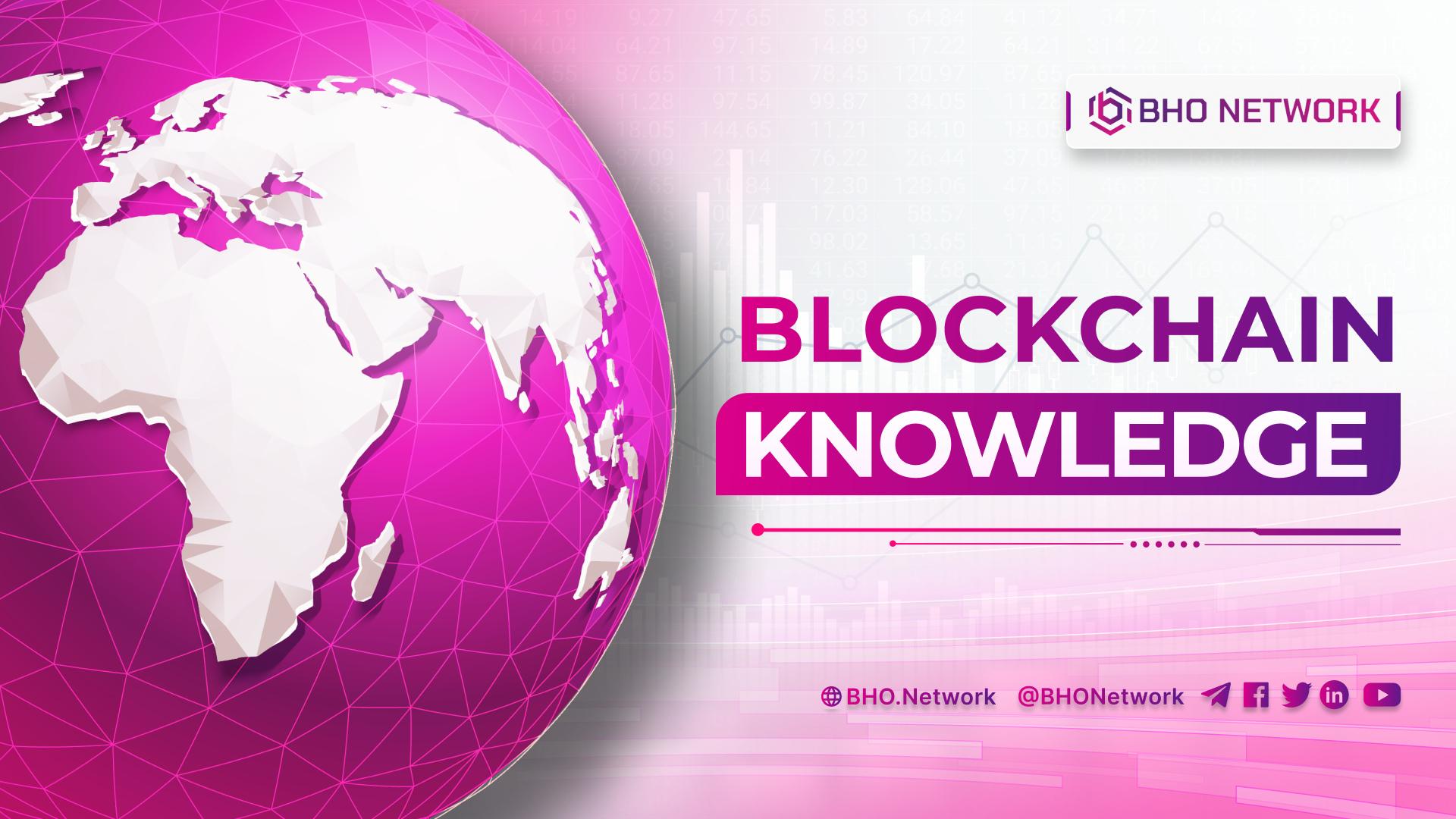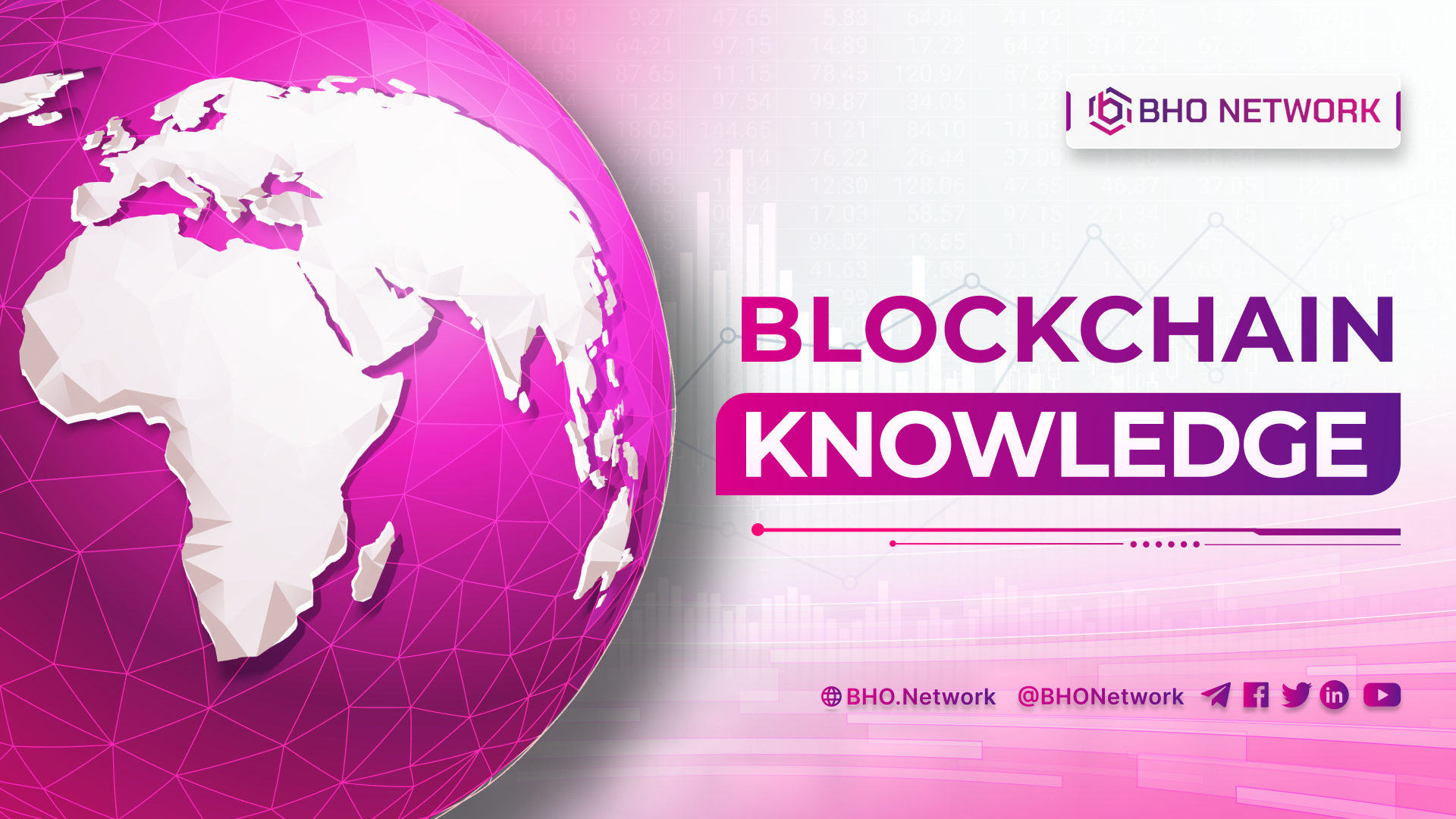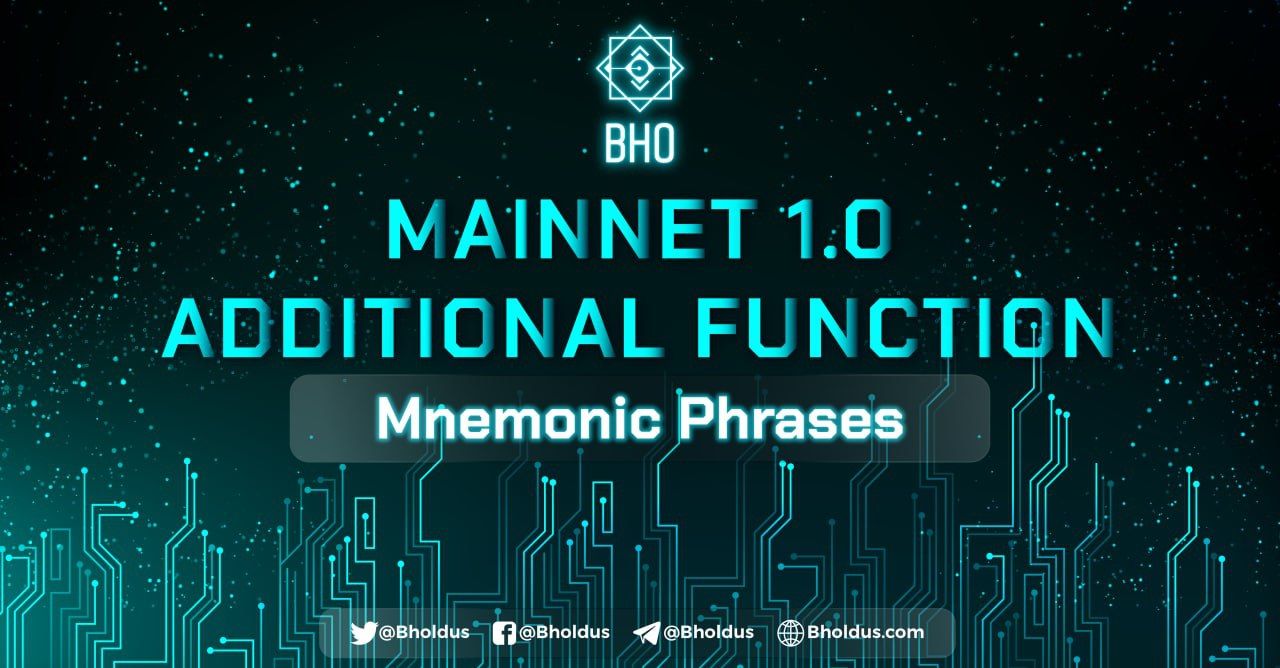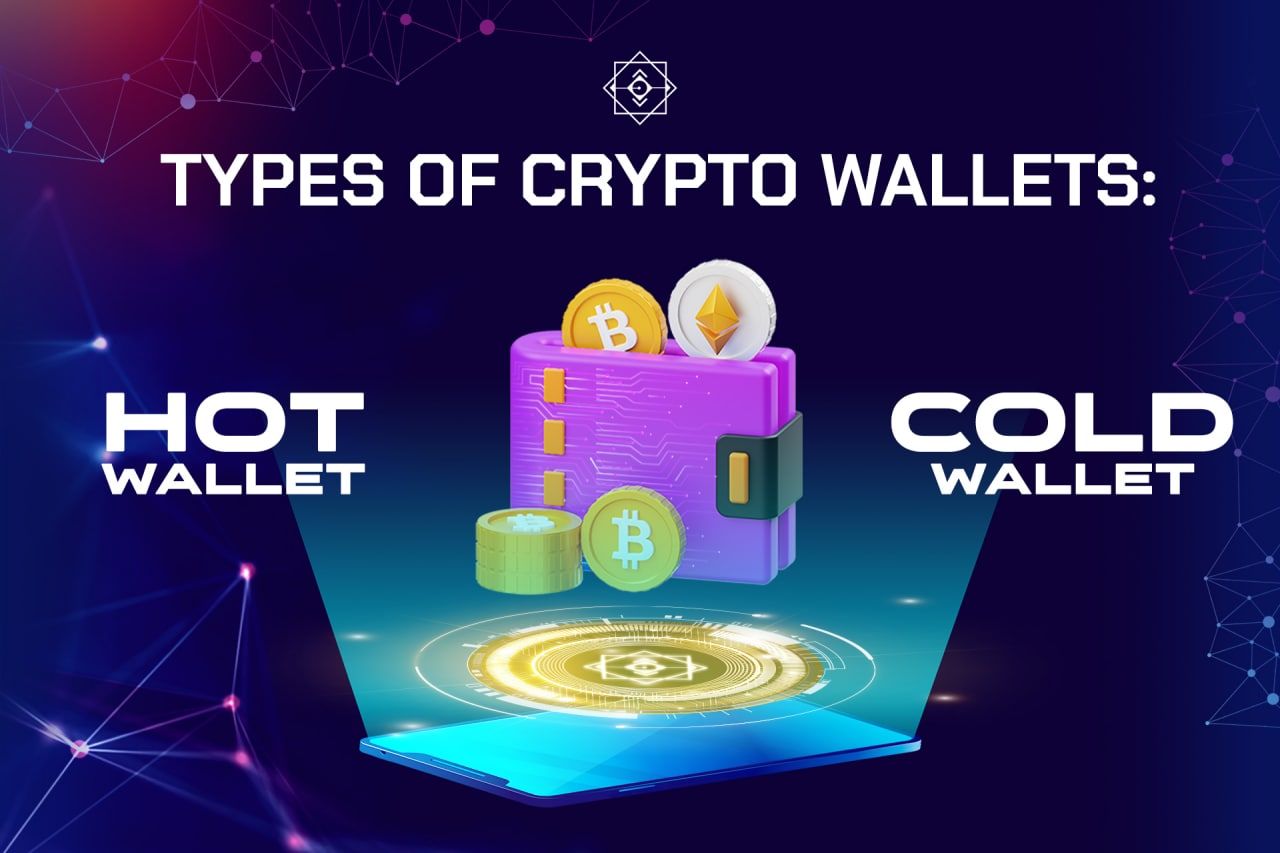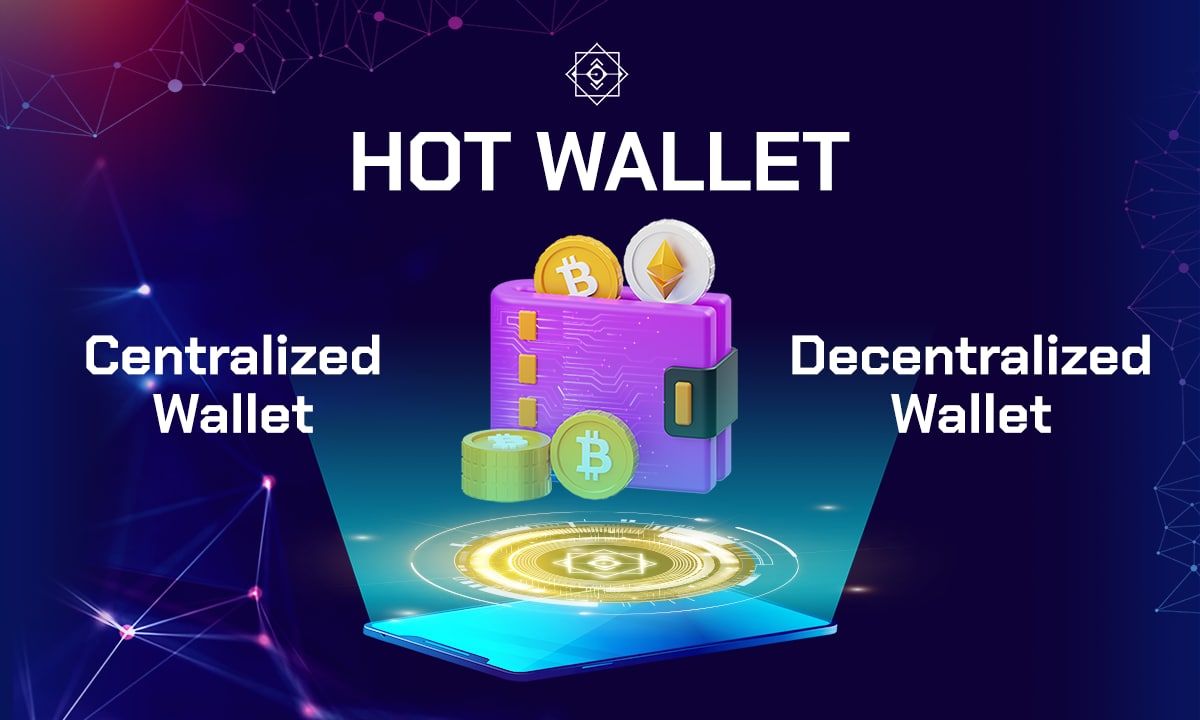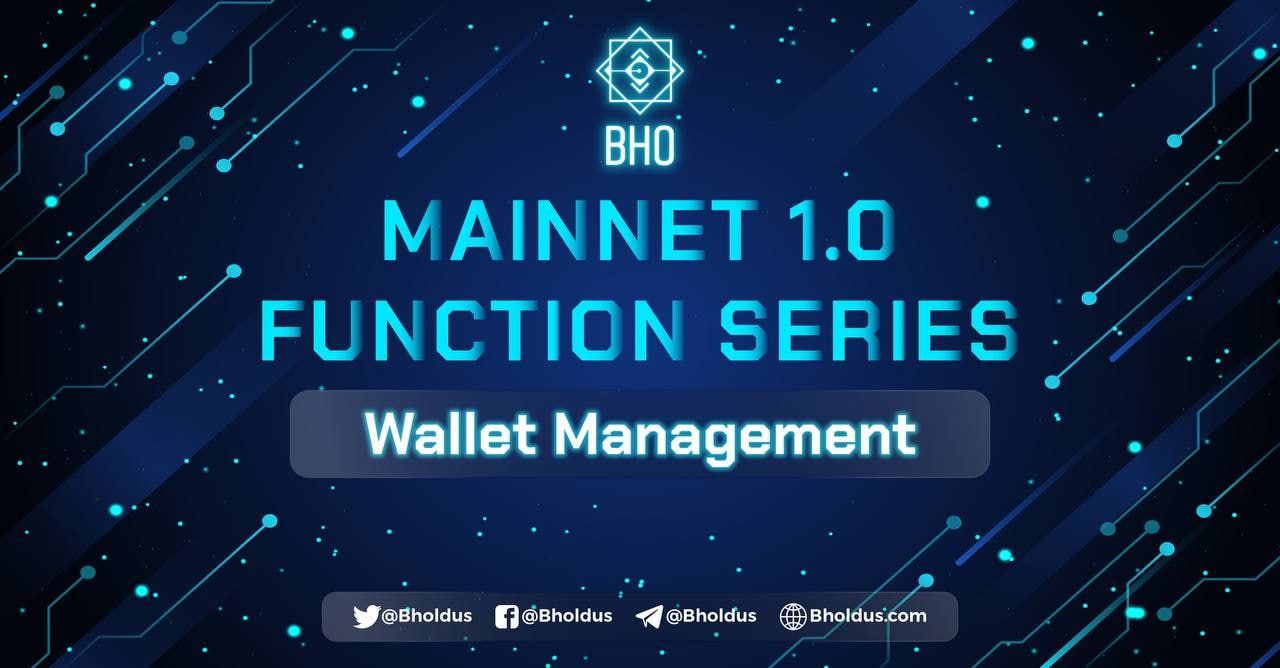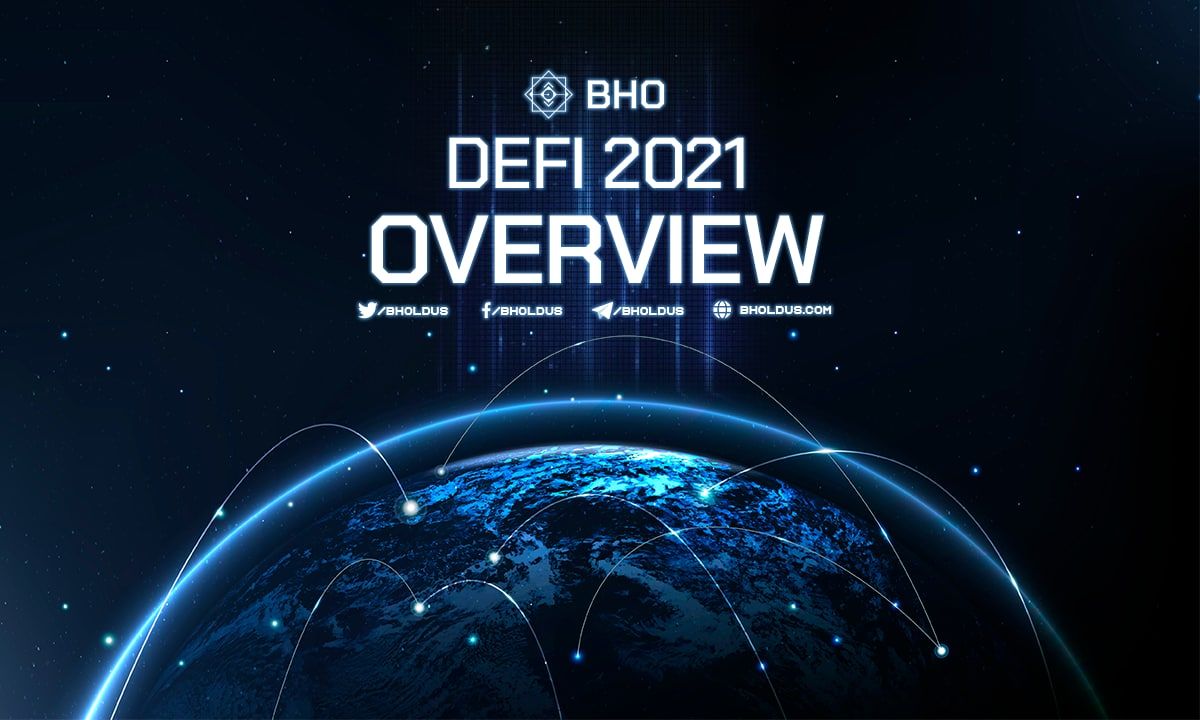- Blog
- Crypto News
- What is Gas fee? What you need to know about Gas fee
What is Gas fee? What you need to know about Gas fee
- 1. What is the Gas fee?
- 2. Distinguishing Gas fees
- 2.1 What is Gas Limit?
- 2.2 What is Gas Price?
- 2.3 What is Gas Gwei?
- 2.4 Distinguishing Gas Limit, Gas Price and Gas Gwei
- 3. The value of a unit of Gas (Gas price)
- 4. How to calculate the Gas fee
- 4.1 How is BTC's Gas fee calculated?
- 4.2 How are Binance Chain Transaction Fees calculated?
- 4.3 How are Ethereum transaction fees calculated?
- 4.4 How are Binance Smart Chain transaction fees calculated?
- 5. What is Gas used for?
- 6. What are the characteristics of Gas?
- 7. Why Gas fees are needed
- 8. Who sets the gas fee?
- 9. Network Transaction Fee Formula The Network
- 10. The relationship between Gas fees and ETH price
- 11. How does Gas fee work?
- 12. Gas fees on Current Blockchains
- 13. Ways to save Gas fees
- 14. Tips to save gas costs when trading on Blockchain
- 14.1 Simplifying transaction steps
- 14.2 Adjust Gas Fees accordingly and estimate Gas Limit
- 14.3 Do not trade at a time when Gas Price is too high
- 14.4 Do not confuse Gas Price/Gas Limit with the number of Tokens
- 15. Tips for saving Gas fees when swapping on AMMs
- 16. Tips to reduce Gas fee
- 16.1 Check the average gas fee at the time you transact
- 16.2 Stop the transaction when the Gas Fee is too high
- 16.3 Edit Gas Limit if necessary
- 16.4 Do not confuse Gas price with the amount of ETH you want to transfer
- 17. Guidelines for optimizing Gas usage on Ethereum
- 17.1 Simulation via DeFi Saver
- 17.2 Optimizing Transaction Time
- 17.3 Organization of Transaction Types
- 17.4 Using DApps That Offer Discounts and Reduced Gas Fees
- 17.5 Using Gas Token
- 17.6 Assess network congestion to plan ahead
- 17.7 Accurate calculation of Gas ETH (Ethereum) Fees
- 17.8 Use crypto wallets with zero or optimized fees
What is Gas fee? Gas is likened to the fuel of Blockchain platforms. Gas fee is a fee for performing a transaction or interaction on a cryptocurrency platform. So what kind of fees does Gas have and how are those fees calculated? Let's go with BHO Network to find out through the content of the following article!
1. What is the Gas fee?
Gas Fee is a fee to be paid to perform transactions with Smart Contracts on the Blockchain platform. In it, Gas is a unit of measurement of the level of "work", which is the computational resource that a task requires. More complex job tasks will require more Gas fees.
To make it easier to understand, people can think of transactions on Blockchain like when you travel by car. Cars must be refuelled for them to run. Gas in this case is gasoline. Gas fees are used to buy and sell, execute smart contracts, run DApps, pay for data storage in the Blockchain space.
2. Distinguishing Gas fees
To help people distinguish Gas Limit, Gas Price, Gas Gwei.find out in detail with BHO Network through the following content:
2.1 What is Gas Limit?
Gas Limit is the maximum amount of Gas a user is willing to pay for Blockchain transactions or functions. The software is a protection mechanism to prevent fees due to errors that are not worth wasting your money.
The value of the Gas Limit and the type of transaction will change from time to time. Some crypto wallets and exchanges offer automatic Gas Limit setup. However, users can also adjust manually, depending on their needs. For example, a transaction made on Ethereum would have a Gas Limit of 21,000 units of Gas.
If the Gas Limit is set too low, the amount of Gas will not be enough for the Validators/Miners to confirm the transaction. Initially, the transaction will still be processed by the validator. However, when there is not enough Gas left, the transaction will stop completely. This is called “Out of Gas”; your transaction will be rejected and the amount of Gas will not be refunded.
2.2 What is Gas Price?
Gas Price is the fee users are willing to pay per unit of Gas. Like the Gas Limit, the Gas Price can be adjusted according to the trader's requirements. Most Blockchains use an auction mechanism to manage and prioritize transaction processing.
Specifically, Miners will prioritize processing transactions with high Gas Price fees first. This mechanism ensures healthy competition and increases the security of the Blockchain. Because the project promulgates a fair market mechanism and encourages more people to contribute computing power to the network.
So, if you want the transaction to be validated quickly, you should pay a high Gas Price. The Validators/Miners will verify this transaction first. On the other hand, if the Gas Price is too low people will take a long time to complete the confirmation. Also, in some cases, the transaction will fail.
2.3 What is Gas Gwei?
Gas Gwei is the amount of ETH used to pay transaction fees on the Ethereum Blockchain. Each Gwei is equivalent to 0.00000001 ETH or 1 ETH represents 1 billion Gwei.
2.4 Distinguishing Gas Limit, Gas Price and Gas Gwei
People can understand the operations on the Blockchain like when moving a car. In which, Gas Limit is the maximum number of liters/unit of gasoline you want to pour for the vehicle and Gas Price is the price of each liter/unit of gasoline, calculated in Gwei:
- Each litre of gasoline to fill the car is $2.50.
- The price of each Gas on Ethereum is 20 Gwei. To fill up the "gas tank" you need:
- 10 liters of gasoline for $2.50 = $25.
- 21,000 units of Gas cost 20 Gwei/Gas = 420,000 Gwei.
3. The value of a unit of Gas (Gas price)
The above content introduced everyone to the concept of Gas fee. Next, let's explore the value of a Gas unit with BHO Network. To work like the Ethereum network, you need some gas (Gas cost). Gas is already a unit of measurement and is tied to the value of each gas unit with Ether (ETH).
ETHcoin has huge price fluctuations, there will be no transaction that costs such a large amount of fees. Besides, to scale the Ethereum network, this fee needs to be as small as possible. So to pay these fees, Gwei (or another) was created. 1 Gwei will convert to 0.00000001 (10 ^ -9) ETH.
4. How to calculate the Gas fee
So that everyone can transact on the Ethereum Blockchain platform smoothly. You need to know how to calculate Gas Fee with a reasonable fee to avoid wasting resources. So what is the formula for calculating** gas charges**? Follow the instructions below.
Gas Fee = Gas Limit x Gas Price
Example: Gas Limit is 24,000 units of Gas and Gas Price costs 20 Gwei/gas. We have: Gas Fee = 24,000 × 20 = 480,000 Gwei = 0.00048 ETH. So, the total Gas fee to be paid by the user will be 480,000 Gwei equivalent to 0.00042 ETH.
After the transaction, the unused gas will be refunded to the user's account with the condition: "The amount of gas refunded does not exceed ½ of the amount of gas used up during the transaction."
So the formula for calculating Gas fee: Gas fee = Gas Limit x Gas Price
4.1 How is BTC's Gas fee calculated?
At the Bitcoin Blockchain, a user will have to pay a fee for a transaction to be authenticated. Unconfirmed transactions are also known as Mempool (memory pool). Miners will prioritize confirmation processing for users who pay a reasonable fee.
In some cases, wallets still allow users to set transaction fees manually. This means users can send BTC with no fees. However, the miner will ignore your transaction. Bitcoin transaction fees will depend on the transaction size (bytes).
4.2 How are Binance Chain Transaction Fees calculated?
Fees charged by Binance Chain will be applied depending on the task performed by the user. BNB deposit and trading fees on the Binance DEX decentralized exchange differ. In addition, users should note, the total transaction cost, increase or decrease depends on the market price of BNB.
Users only use BNB to pay remittance fees unrelated to buying and selling transactions. For example, withdraw or deposit BNB to the wallet. For transaction execution costs on Binance DEX will be charged in Tokens. However, you will get a discount when you pay your transaction fees in BNB. This, incentivizes people to use Binance Chain.
4.3 How are Ethereum transaction fees calculated?
Gas Fee ETH measured by the computing power required to execute a transaction. Gas Price changes according to market fluctuations and directly affects network traffic. If the user pays a Gas Fee , the Miners will prioritize processing that transaction.
Total Gas fees are payments in exchange for the required computing power, plus transaction processing costs. You determine the maximum amount of Gas Limit to pay for a transaction or other task on Ethereum.
4.4 How are Binance Smart Chain transaction fees calculated?
Binance Smart Chain is a Blockchain built by Binance. However, BSC and Binance Chain are two completely separate networks. BNB running on Binance Chain is a BEP-2 Token and BNB on BSC is a BEP-20 Token.
The BSC network uses a Proof of Authority consensus mechanism. The BSC Validator needs to Staking BNB to become a transaction validator. After that, the wallet will also receive the transaction fee for that block.
Binance Smart Chain allows users to create custom smart contracts. BSC's transaction fee system is calculated using the computing power required to execute transactions or smart contracts. Transaction fees are in Gwei (one unit of BNB) = 0.000000001 BNB. Users can pay Gas Fee for transactions to be prioritized for validation.
Example: Gas Price is 10 Gwei. User notice Gas limit has been set to 622,732 Gwei. However, the amount of Gas used is only 352,755 (52.31%) compared to Gwei. In this transaction, the actual transaction cost is 0.00325755 BNB (about 1 USD).
Read more: What is Sidechain? Learn how Sidechain works
5. What is Gas used for?
The Ethereum network would not be able to function without Gas. Because Gas is a unit of measurement to pay for Miner's contributions to working and developing the network. Besides, the user, must pay a fee to the system when making a transaction. This is very much the same as transactions in traditional financial institutions.
6. What are the characteristics of Gas?
Gas cost is high or low depending on the complexity of the transaction required to execute. Here are some characteristics of Gas costs:
- Gas is cheap when users send ETH/ERC-20 from one wallet to another.
- Gas fees are high when you perform complex operations related to Smart Contracts. This would explain why when people participate in protocols like: Yield Farming, there are often high Gas fees.
7. Why Gas fees are needed
At this point, everyone understands that Gas is the raw material that helps the Ethereum network to operate. However, this is only a tiny part of Gas's many purposes. So what are the other problems, let's find out right here.
- Financial Purpose: When a user has to pay a fee for participating in a transaction. This fee will be used to incentivize Validators to process such transactions. This is a form of renting on the Blockchain network.
- PurposeMission: Gas helps to reduce the harmful effects of the Ethereum network. Gas creates a bond between the network users, including Miner and User. Miners are incentivized to work to receive rewards in ETH. At the same time, users will not have any impact on the network.
- Purpose of Halting: Halting is understood as a problem of halting state. When the Ethereum network goes down, the smart contract becomes vulnerable. At this point, trading will automatically pause, when everything has reached the limit you set earlier. This is to protect the interests of all Blockchain users.
8. Who sets the gas fee?
Many people still think that the development team decides the Gas Fee in the Ethereum network. However, the actual gas cost is formed due to the auction mechanism between User and Miner. Users who pay high fees will give priority to the miners for validation and there is no fixed fee. In some cases, gas fees are high due to Ethereum's performance.
9. Network Transaction Fee Formula The Network
Transaction Cost is a combination of Gas price and Gas Limit. Specifically as follows: Transaction fee = Gas Price x Gas Limit
In which:
- Gas Price: Gas price is set by the user to request transaction processing. For example, User will set 70 Gwei to request to perform an activity. However, whether this is done and how long will depend on the auction mechanism.
- Gas Limit: The maximum limit a user will pay for a transaction is Gas Limit. Based on the complexity of the transaction, Gas Limit will have different indicators.
Note:
- Some platforms like MetaMask have optimized themselves to reduce the complexity of transactions. The user needs to follow up to ensure your request will be fulfilled. Of course, you can also manually customize these metrics.
- However, make sure you understand how the network works. You may lose money and the transaction will not be executed because the Gas Fee is set lower than required.
10. The relationship between Gas fees and ETH price
Do many people still wonder if the increase in Gas fees impacts the price of ETH or vice versa? These two indicators are not the same at all. The content below will help people answer this problem.
-
Gas Fees Affected Gas Price and Gas Limit:
- Gas Price is high or low depending on the congestion level of the Ethereum network. Gas index will not be fixed but will change over time. This results in average Gas Price varying across time frames.
- The Gas Limit will be based on the user's transaction on the network. The more complicated the action, the bigger the indicator and vice versa.
-
The price of ETH will depend on the interest of the user: Not only ETH, most of the price of Tokens rising or falling will rely on the following factors:
- If the level of investor interest is high, the price will increase and vice versa.
- The total supply of that Token in the market. For example, BTC and ETH are increasingly scarce on exchanges. This has made the price of ETH continuously break the top recently.
However, with the rapid increase in the number of interested users, the Gas ETH fee also increased. This hypothesis will be unlikely, because the ETH price pump will be based on many factors. Besides, the network is being expanded, if successful, the problem of gas fees will be easier to solve.
11. How does Gas fee work?
Gas is an integral part of the Ethereum network. This is the catalyst that helps maintain the relationship between Miner and User. People can understand the operating process of Gas as follows: When
- Performingan an operation users will have to pay an amount of Gas to perform that transaction.
- Miners are based on user fees to make transactions. Miners will perform the high-paying operations first. Therefore, if you want a quick transaction, please pay attention to this issue.
- After the Miner executes successfully, that transaction will be included in the Ethereum network.
However, in this process, users need to keep in mind the following issues:
- The transaction may not complete if the amount of Gas set by the user is too low.
- Miner will refund part of the Gas fee if the user selects too high but does not use it up.
12. Gas fees on Current Blockchains
Which platform you transact on will be paid Gas Fee in the currency of that Blockchain. This means that depending on the different platforms, the unit that charges Gas is not the same.
Gas Fee in each Blockchain is entirely different. Users who want to transact on any platform must ensure they have the original Token of that Blockchain as Gas. Specifically as follows:
- You trade on Ethereum to buy, sell, and store ERC20 Tokens such as: ETH, USDT ERC20,.... ⇒ The system will pay you Gas fees in Ether (ETH).
- Users who transact on Solana will use SPL Tokens such as: SRM, RAY, etc. ⇒ Gas fee unit in Solana (SOL).
- When people operate on Binance Smart Chain will use Token BEP20… ⇒ Gas Fee is paid in Binance Coin (BNB).
13. Ways to save Gas fees
Users want to save Gas fees when transacting on the Blockchain network. Please refer to the following content:
- You shouldsimplify the transaction steps, the less the better.
- Users should calculate the amount of Gas in advance to avoid the lack of Gas causing the transaction to fail and lose fees.
- People regularly monitor the network's transaction density to know when the network is congested. At these times, Gas fees are quite high and there is a risk of transaction failure.
For example: Before trading on the Ethereum Blockchain, investors should Check the transaction density on: https://ethereumprice.org/gas. Everyone should choose a time when the transaction is crowded to calculate the Gas fee reasonably. Use Website Scan to refer to transaction fees such as: EtherScan for Ethereum, BSCscan for Binance Smart Chain,...
Read more: What is Sharding? Sharding's potential challenges and risks
14. Tips to save gas costs when trading on Blockchain
An investor always wants to minimize costs. Understanding this, BHO Network would like to share some Tips to save gas fees with everyone.
14.1 Simplifying transaction steps
As everyone knows, complex transactions require more computational resources. The Validators will have to work harder to validate the trade for you. Therefore, the Gas fee for these operations is high and requires more resources. So the simplest way to save Gas Fee is to simplify the transaction steps.
14.2 Adjust Gas Fees accordingly and estimate Gas Limit
High Gas Price Transactions will get your activity prioritized for faster validation. The Gas Limit is set higher than the estimate to ensure that the transaction does not fail. However, putting the Gas Limit and Gas Price too high is unnecessary. Because this only makes the gas fee you pay much higher than usual.
Instead, you should use Web Scans like EtherScan for Ethereum, BSCscan for Binance Smart Chain, etc. The above websites will help you estimate the Gas Limit and Gas Price value at the most reasonable transaction time. The Gas Limit level needs to be slightly higher than the average level.
14.3 Do not trade at a time when Gas Price is too high
Gas Price is not fixed but will change over time and transaction needs. Usually Gas prices will be higher during network activity and vice versa. Therefore, users avoid trading when Gas Price is too high. This, will help you to save transaction fees effectively.
14.4 Do not confuse Gas Price/Gas Limit with the number of Tokens
Gas Price and Gas Limit can be customized according to the user's needs. People will spend a lot of fees if they confuse Gas Price/Gas Limit with the amount of Tokens traded. Therefore, you must carefully check the details before pressing the button to perform the operations. Once the transaction is confirmed, you will not be able to edit the information.
15. Tips for saving Gas fees when swapping on AMMs
Currently, there are many AMMs for participants to use and trade such as:
- Pancakeswap on BSC.
- SerumSwap, LunaDEX on Solana.
- Uniswap, Sushiswap on Ethereum.
- MDEX on Heco Chain.
To save Gas fees when Swap on AMMs, people can choose platforms that have a mechanism to optimize transaction costs. This is a solution to help you experience the most optimal Trading process.
16. Tips to reduce Gas fee
Although Gas brings many benefits, it is still a concern of investors. Especially retail traders.the following content will help people solve this problem.
16.1 Check the average gas fee at the time you transact
You can check the average Gas Price of the Ethereum Blockchain at etherscan.io. You should set a reasonable Gas Price to save your budget for users who set Gas Fee for making transactions faster.
16.2 Stop the transaction when the Gas Fee is too high
People can postpone the transaction when the Gas Price is high to save the budget. Gas prices will fluctuate according to the network's transaction payment needs. Therefore, you should stop trading activities when the trading level is too high.
16.3 Edit Gas Limit if necessary
Users who set the Gas Limit high can cause the Gas Fee to be higher. This results in users not paying for the transaction. For example, you have 0.01 ETH in your account but the transaction payment is 0.012 ETH because the Gas Limit increased by 500,000. Everyone please adjust the Gas Limit down because often transactions will not consume all that Gas Limit.
16.4 Do not confuse Gas price with the amount of ETH you want to transfer
Setting the Gas Price is up to you, so making a mistake can cost a small amount of money. Therefore, always double-check transaction payments before making a transaction. Blockchain will not be responsible or refund any mistaken payment by the user.
17. Guidelines for optimizing Gas usage on Ethereum
What is ETH Gas? How to optimize Gas usage on EthereumLet's find out with the Network below BHO :
17.1 Simulation via DeFi Saver
Everyone can use the DeFi Saver application to simulate activities. First, the user creates a recipe for Ethereum operations and then runs it virtually. This simulation will show Gas Fee the estimated maximum you can customize the recipe to minimize the Gas Fee.
17.2 Optimizing Transaction Time
The main reason for the high Gas Fee is transaction congestion. Heavy traffic on Ethereum varies during the day. Sometimes you will see a lower Gas price for the same transaction that cost a participant more ETH than a few hours ago.
However, people don't have time to monitor transactions all the time. Therefore, users can visit the Ethereum Gas Charts website for a complex chart of Gas prices throughout the week.
17.3 Organization of Transaction Types
Gas ETH fees vary depending on the type of transaction on the Blockchain. So users can organize and perform similar transactions together to save gas fees.
Example: You have two Ethereum wallet addresses with 1,000 Tokens per account. Users want to lock all cryptocurrencies into a dApp for better returns. Participants can transfer all cryptocurrencies to one address. Then you close 2,000 Tokens in a transaction to save gas fees.
17.4 Using DApps That Offer Discounts and Reduced Gas Fees
Some Ethereum projects and dApps offer lower Gas fees than the market. The specifics are as follows:
- Balancer offers a Gas fee refund up to 90% in the form of BAL Tokens. For high-frequency traders, Balancer helps to significantly reduce Gas fees by performing operations without withdrawing funds from the Wallet.
- A few DeFi applications such as KeeperDAO and Yearn's V2 Vaults perform many individual user transactions with each other. Every user will have to pay the Gas fee at the same time instead of paying individually. This strategy saves a significant amount of gas fees.
17.5 Using Gas Token
When clearing variables stored on Ethereum you can earn ETH as cashback. That is the basis of Token Gas, users can earn a large number of Gas Tokens when Gas fees are low.
When you need to make a transaction on the Ethereum Blockchain, exchange Token Gas to ETH. Traders can use the rewarded ETH to pay the ETH Gas Fee. GasToken.io is a popular project that allows users to mint Token Gas.
17.6 Assess network congestion to plan ahead
Your task may be stopped due to too many transactions being executed at the same time. The gas fee that the person booked earlier also increases during this time. This is what caused your trade to fail. By transaction setting Gas limit lower than the current rate.
Therefore, planning is the key to saving gas fees and avoiding penalties. Participants should plan to trade during non-peak hours. For time-sensitive operations, keep an eye on Gas Price on Ethereum Gas Chart. This will help traders to estimate accurately and set a Gas limit to avoid penalties.
17.7 Accurate calculation of Gas ETH (Ethereum) Fees
Your Ethereum wallet does not provide an accurate estimate of Gas fees. Because the application does not consider real-time transaction bottlenecks. For time-sensitive transactions, people can refer to tools like: Gas Tracker by Etherscan or Gas Now.
The above software helps users to analyze pending transactions on the Ethereum Mainnet. This tool will estimate Gas ETH fees as time-sensitive then you won't need to spend useless expenses or pay penalties for not setting the Gas limit correctly.
17.8 Use crypto wallets with zero or optimized fees
Nowadays, it is very easy for people to find trading tools, store crypto wallets on the market. Tuy nhiên, để tìm được ứng dụng cung cấp các tính năng giao dịch tối ưu thì không hề dễ. Sau đây sẽ là một số thông tin phần mềm ví tiền mã hóa bạn có thể dùng.
- Dapper ETH
Dapper ETH is a crypto wallet that provides Gas free access and trading via Dapper Pass for CryptoKitties. For other dApps, you can purchase a Dapper transaction card to save on Gas fees.
Some dApps such as: Cheeze Wizards, Decentraland, HyperSnakes,... accept transaction cards from Dapper. Using Dapper and Transaction cards will save you more Gas fees than usual.
- FTX
FTX is a popular crypto exchange, trading and portfolio tracking software. At the same time, you can trade cryptocurrencies and stake them for free. Besides, the application offers free withdrawal when users Staking Token FTT.
Related posts:
- What is Lending? How does Lending work?
- What is Solidity? Everything you need to know about Solidity
Above is all information about what is the Gas fee content. Gas is a value that measures transactions or interactions on the Blockchain. Transactions with high complexity consume more time and computational resources. Hopefully, the sharing has helped users understand more about Gas fees. Please contact BHO Network immediately when everyone needs help!
Published on November 10, 2022
Tagged topics
